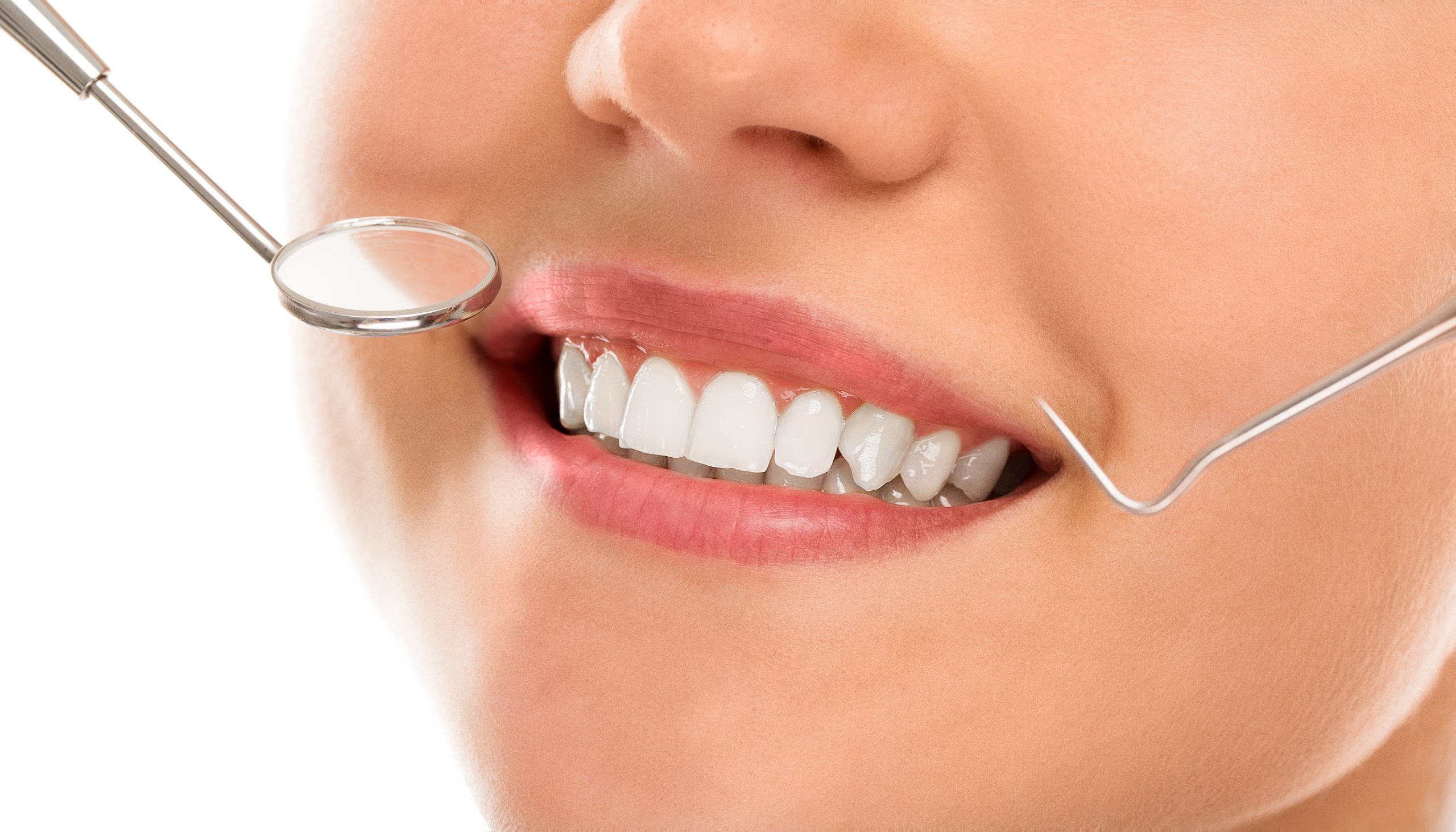Aligning Your Smile
 Explore the causes and effective management of toothache, discover essential oral hygiene practices, learn strategies for addressing alignment issues, and dive into a detailed exploration of the phases involved in orthodontic care.
Explore the causes and effective management of toothache, discover essential oral hygiene practices, learn strategies for addressing alignment issues, and dive into a detailed exploration of the phases involved in orthodontic care.
By Dr Deepti Sharma
Toothache occurs when the innermost layer of the tooth (dental pulp) becomes inflamed. The pulp is made up of sensitive nerves and blood vessels. Dental pulp can become inflamed as a result of tooth decay, which leads to holes (cavities) forming in the hard surface of the tooth. Other causes include a cracked tooth—often so small that it can’t be seen with the naked eye—a loose or broken filling, receding gums (where the gums shrink, exposing softer, more sensitive parts of the tooth root), and a periapical abscess (a collection of pus at the end of the tooth caused by a bacterial infection).
Dentists typically refer patients to orthodontists when teeth overcrowding or misalignment affects the bite. Several reasons necessitate orthodontic care, and some orthodontists manage wisdom tooth extractions and other surgical repairs needed to restore teeth.
There are several other conditions that can cause pain similar to toothache, even when the pulp isn’t affected. These include periodontal abscess, ulcers on the gums, sore or swollen gums around a breaking tooth—such as when wisdom teeth start to emerge—sinusitis, which can sometimes cause pain around the upper jaw, and an injury to the jaw joint. Babies can also experience discomfort when their teeth start to develop, known as teething.

If dental pain persists, it’s important for patients to seek a dental health consultation from an expert dentist. They can receive relevant advice such as dental fillings, root canal therapy, etc.
There are two types of caries: enamel caries and dentine caries. When caries affect the tooth structure, acid dissolves the enamel, creating a small hole known as a dental cavity. This initial stage, called enamel caries, is not painful. However, if the decay reaches the dentine area, it becomes painful. This stage is known as dentine caries, and patients may experience pain and sensitivity to hot/cold and sweet intake.
As decay progresses, it can reach the pulp. This stage, known as pulpitis, is extremely painful, often causing jaw pain. If left untreated, the decay continues to spread and infects the pulp, forming an abscess at the end of the root structure. This stage, known as a dental abscess, is very painful, and patients may experience jaw pain and radiating pain pointing towards other dental and facial areas.
DO’s:
Gargle after every meal to maintain oral health.
Use a soft toothbrush for brushing your teeth.
Check your mouth regularly for signs of tooth decay.
Eat healthy foods to support dental health.
Brush your teeth twice daily.
DON’Ts:
Avoid brushing your teeth with excessive pressure.
Never share your toothbrush with others.
Minimise intake of sticky foods, sweets, and sweet drinks.
Avoid smoking, as it can harm oral health.
Limit snacks between meals to reduce the risk of tooth decay.
Remember, every tooth in a human’s body is more valuable than a diamond. Full mouth rehabilitation is suitable for individuals who have experienced the following dental issues:
Excessive tooth wear, prolonged tooth abrasion, or erosion of enamel.
Teeth grinding at night (sleep bruxism) causing pain or discomfort in the mouth, jaw, and facial muscles.
You may be a good candidate for full mouth reconstruction if you are currently dealing with any of the following issues:
Tooth decay in multiple teeth
TMJ disorder
Broken or decayed restorations
Uncomfortable or unnatural-looking dentures or tooth replacements,
Bite problems, or missing teeth.
TMJ disorder, or temporomandibular joint disorder, refers to a condition that affects the temporomandibular joint, which is the joint that connects your jawbone to your skull. This disorder can cause pain and discomfort in the jaw joint and the muscles that control jaw movement.
The benefits of full mouth oral restorations include repairing damaged teeth, replacing missing teeth, improving bite issues (occlusion), and dramatically rejuvenating smile aesthetics.


 ALIGNING YOUR TEETH
ALIGNING YOUR TEETH
Dentists typically refer patients to orthodontists when teeth overcrowding or misalignment affects the bite. Several reasons necessitate orthodontic care, and some orthodontists manage wisdom tooth extractions and other surgical repairs needed to restore teeth. Understanding the three phases of orthodontic care helps patients anticipate what to expect if facing alignment issues and needing braces.
The Planning Stage: The planning stage begins with an initial consultation where the dentist examines the teeth and completes x-rays. The dental professional determines the appropriate type of braces for straightening and realigning teeth. Orthodontists discuss options with patients, outlining costs associated with different braces styles.
Patients collaborate with their orthodontist to choose an option that suits their lifestyle and minimises disruptions. Pros and cons of each choice are discussed, along with expected outcomes. If overcrowding requires tooth extractions, these are scheduled and completed before braces installation.
The Active Phase: During this phase, permanent braces are affixed to the patient’s teeth. With ceramic and metal braces, brackets are cemented onto teeth, and wires connect through brackets on each tooth to create a hinge restricting mouth movement. Braces gradually realign teeth over up to two years.
Invisalign braces offer an alternative to ceramic and metal braces. A mould of the patient’s teeth is taken, and the braces are custom-fitted. Patients can remove Invisalign braces for brushing, flossing, and eating. New braces are provided every six weeks until teeth are aligned.
The Retention Phase: The final stage begins with the removal of permanently installed braces and wires. The orthodontist provides a retainer to the patient to maintain proper teeth alignment. Additionally, a mouthguard may be provided to prevent tooth damage from teeth grinding during sleep. If the retainer proves ineffective, the dental professional may recommend further orthodontic treatments, such as prescribing Invisalign for patients who previously had metal or ceramic braces. If any tooth becomes misaligned, the orthodontist provides a device to guide it back into place. Retainers are typically effective for maintaining alignment.
Patients generally consult an orthodontist based on the recommendation of their dental professional. Orthodontic services include braces installation, alignment assessments, and surgical corrections. Orthodontists may also perform oral surgeries, such as wisdom teeth removal. However, alignment issues remain the most common reason individuals seek treatment from dental professionals.
Patients have three primary choices for braces: ceramic, metal, and Invisalign. Understanding the stages of orthodontic treatment helps patients know what to expect during each appointment. So, start your journey now and choose braces for that picture-perfect smile!.
(The writer is the Owner and Director of Dr Sharma Dental Care, Nagpur)

